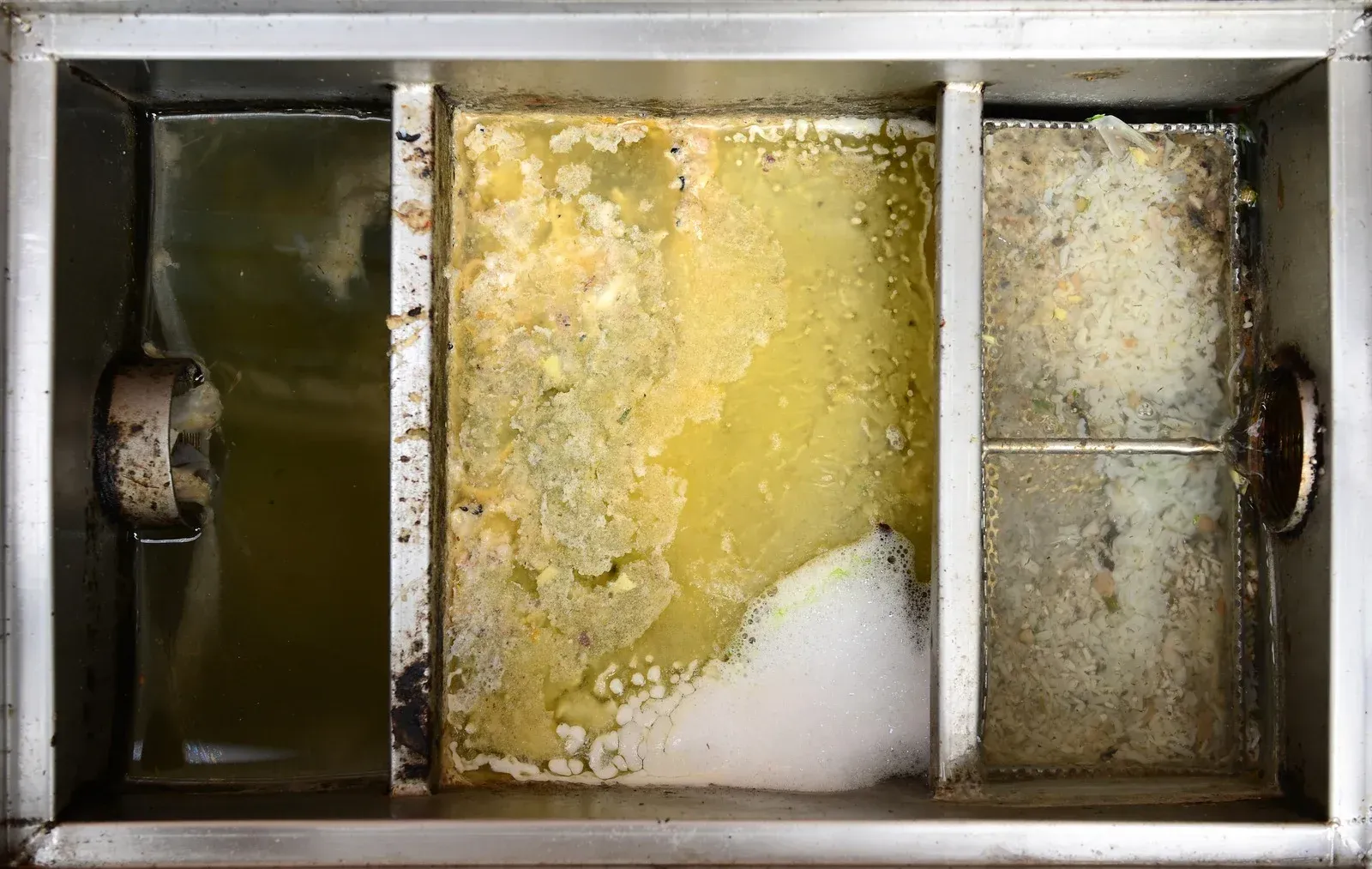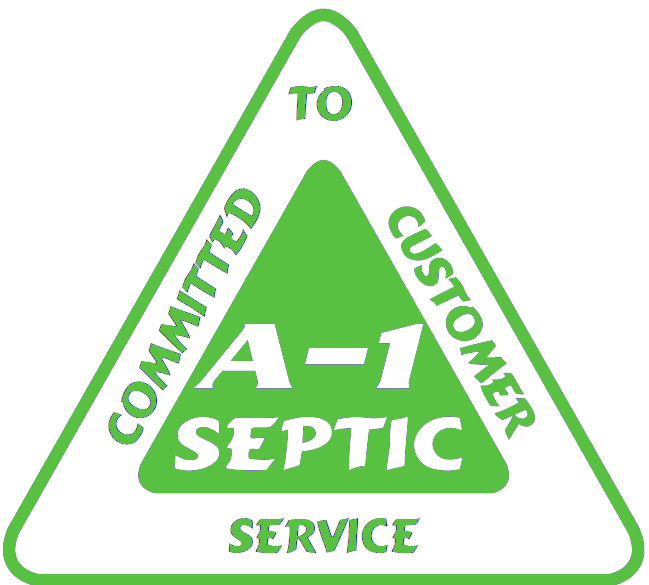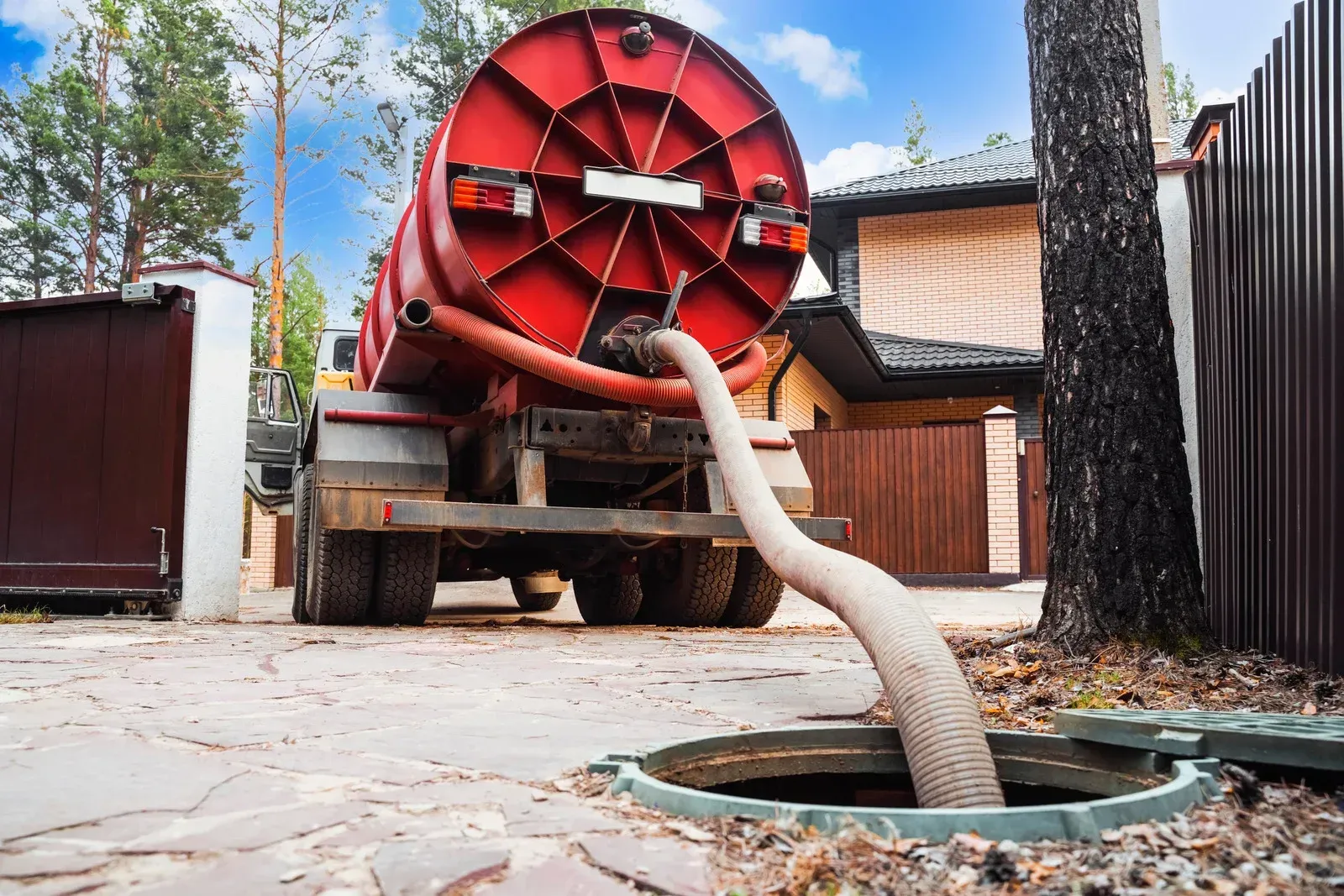What Does Professional Septic Tank Maintenance Involve?
A septic tank is one of the most important parts of any property that does not connect to a city sewer line, and without regular maintenance, it can fail, leading to expensive repairs and major health risks. Professional septic tank maintenance involves more than just emptying waste, as it is a complete process designed to keep the system healthy, safe, and efficient for years to come.
Initial Inspection of the Septic System
The first step of professional maintenance always begins with a detailed inspection of the septic system, as technicians need to know the current condition of the tank, the drain field, and the pipes. They look for leaks, cracks, or blockages that could cause future problems. They also check water levels inside the tank to make sure it is functioning as it should. An inspection at the start allows the service provider to identify early signs of damage that might go unnoticed by the property owner.
Pumping and Cleaning the Tank
Every septic tank needs to be pumped out after a certain period, depending on the size of the household and the level of waste that has built up. During this step, all sludge, scum, and wastewater are removed from the tank so the system can continue working without blockages or backups.
Professionals use specialized equipment to pump out the tank safely, and then they clean the walls and surfaces to ensure nothing remains that could cause damage later. Regular pumping is the most important part of maintenance, as it prevents overflow, bad smells, and serious system failures.
Checking the Drain Field
A
healthy septic system relies on a working drain field, which filters wastewater into the soil. If the drain field becomes clogged or water begins pooling on the surface, the system cannot process waste properly. During maintenance, professionals test the drain field to confirm it is absorbing liquid as expected. They also look for signs of compacted soil or damage from tree roots. Addressing these issues early helps prevent major repairs that may require replacing the entire system.
Inspecting Baffles and Filters
Inside every septic tank, there are baffles and filters that guide the flow of water and trap solid particles before they reach the drain field. Over time, these parts can become clogged or damaged, which reduces the efficiency of the tank and creates a risk of blockages.
Professional maintenance involves cleaning or replacing filters and checking baffles to ensure everything is in proper working order. Small adjustments during service extend the life of the septic system and reduce the chance of sudden problems.
Assessing Water Usage and Waste Habits
In addition to cleaning and inspection, professionals often advise property owners on water usage and waste disposal habits, since these practices have a direct effect on the health of the septic tank. Excess water or improper items flushed into the system can strain the tank and reduce its lifespan. Maintenance services often include practical tips to help the owner manage the system better between visits, ensuring smoother performance overall.
Conclusion
Professional septic tank maintenance covers inspection, pumping, drain field checks, filter care, and guidance for proper usage, creating a complete service that keeps the system reliable for years.
For trusted and efficient septic tank maintenance and repairs, contact A-1 Cleaning & Septic Systems, LLC
in Spring, Texas, where expert care protects both property and peace of mind.





